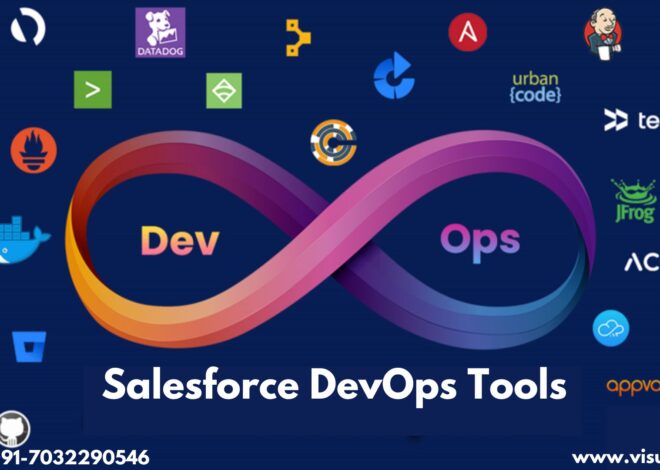Introduction
Best Salesforce DevOps Training In the fast-paced world of Salesforce development, ensuring rapid, reliable, and quality releases is paramount. Integrating DevOps into Salesforce processes can significantly streamline workflows, reduce errors, and enhance overall productivity. This guide provides a comprehensive overview of how to effectively merge DevOps practices with Salesforce development. Salesforce DevOps Training in Ameerpet
Understanding DevOps for Salesforce
DevOps, a combination of development and operations, emphasizes collaboration, automation, and continuous delivery. In the context of Salesforce, it involves automating deployments, version control, and integrating testing, thereby fostering a culture of continuous improvement and seamless integration.
Benefits of Integrating DevOps into Salesforce
- Faster Releases: Automation reduces manual intervention, speeding up the release cycles.
- Improved Collaboration: DevOps fosters better communication between development and operations teams.
- Higher Quality: Continuous testing and integration ensure fewer bugs and more stable releases.
- Scalability: DevOps practices support scalability, accommodating growing business needs efficiently.
Key Steps to Integrate DevOps into Salesforce
- Version Control Implementation: Adopt a version control system (VCS) like Git to manage and track changes in the Salesforce codebase. This ensures that all team members work on the latest version, reducing conflicts and enhancing collaboration.
- Automated Testing: Incorporate automated testing tools to validate code changes continuously. Tools like Selenium and Provar can help in creating robust test scripts, ensuring that new features do not break existing functionality.
- Continuous Integration (CI): Set up a CI pipeline to automatically integrate code changes from multiple developers into a shared repository. This practice helps in detecting integration issues early, making it easier to resolve conflicts and ensuring a stable build.
- Continuous Delivery (CD): Extend CI with continuous delivery to automate the deployment process. This ensures that every change passes through a series of automated tests and is ready for deployment to production, enhancing release efficiency and reliability.
- Monitoring and Feedback: Implement monitoring tools to track the performance and health of Salesforce applications post-deployment. Use feedback loops to gather insights from end-users and incorporate them into the development process for continuous improvement. Salesforce DevOps with Copado Training
Best Practices for Salesforce DevOps
Small, Frequent Releases: Aim for incremental changes rather than large, infrequent updates.
Automate Everything: From testing to deployment, automate as many processes as possible.
Maintain Documentation: Keep comprehensive documentation for processes and configurations.
Conclusion
Integrating DevOps into Salesforce is a transformative approach that can significantly enhance development efficiency, collaboration, and product quality. By implementing version control, automated testing, continuous integration, and delivery, Salesforce teams can achieve faster, more reliable releases, ultimately driving business success. Embrace DevOps to unlock the full potential of your Salesforce development lifecycle.
Visualpath is the Leading and Best Institute for learning in Hyderabad. We provide Salesforce DevOps Training in Hyderabad you will get the best course at an affordable cost.
Attend Free Demo
Call on – +91-9989971070
WhatsApp: https://www.whatsapp.com/catalog/917032290546/
Visit : https://visualpath.in/salesforce-devops-online-training.html




